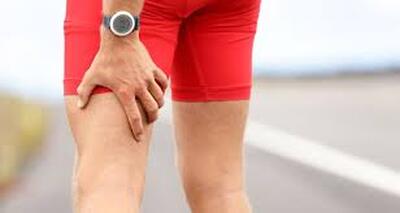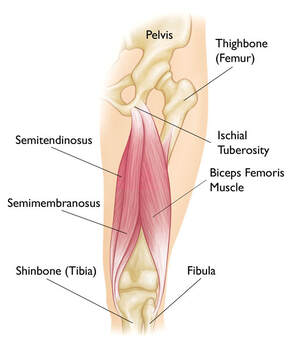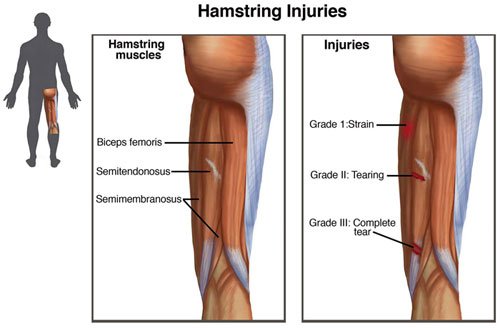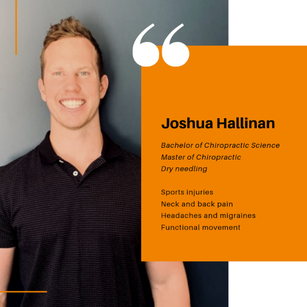|
Hamstring strain is a common sporting injury due to the muscle being prone to tears and strains. They are common in sports that need a large amount of speed, power and agility such as rugby (54% of injuries), AFL, athletics (14%), basketball and football (10%). It hasn’t been un-noticed that 2019 appears to be the year of hamstring injuries with some big-name players in the NRL suffering tears to their hamstrings early in the season such as Tom trbojevic and Matt Moylan. To understand why this is happening to these professional athletes so early in the season we need to know what hamstring injuries are, the anatomy of the muscle, signs and symptoms of an injury, possible factors that make an athlete more at risk and ways to prevent hamstring strains from occurring. When an injury does occur, we must know what to do and how to manage it to return to play as soon as possible. WHAT ARE HAMSTRING STRAINS/TEARS? Acute hamstring injuries occur when there is a forceful contraction of the posterior thigh muscle/s or a sudden movement, this occurs when hamstrings decelerate hip flexion and knee extension. The person immediately feels discomfort and is aware of what has happened, there can be an audible pop. A Hamstring strain can occur in one or more of the three muscles in the group. ANATOMY OF THE HAMSTRING
SIGNS AND SYMPTOMS Hamstring strains are classified from grade 1-3 depending on severity. Grade 1 (Mild)
Grade 2 (Moderate)
Grade 3 (Severe)
RISK Hamstring injuries usually occur due to an imbalance between itself and the quadriceps muscle. The quadriceps are large and powerful group of muscle that extend (straighten) the leg at the knee joint. When there is a powerful contraction of the quadriceps muscle it may over stretch the hamstring and place a large load on the muscle.
PREVENTION
ACUTE MANAGEMENT
REHABILITATION
RETURN TO PLAY (depending on how well managed the injury is)
Early return to play and/or poor rehabilitation of the injured muscles will increase the chance of re-injury. Full range of motion and strength is required along with the muscles ability to endure full speed training. The player must be able to perform sports related activities such as jumping, sudden change of direction and twisting. Joshua Hallinan Chiropractor Working Tuesday and Thursday at Health Associates References Prior, M., Guerin, M., & Grimmer, K. (2009). An Evidence-Based Approach to Hamstring Strain Injury: A Systematic Review of the Literature. Sports Health, 1(2), 154–164. Hamstring Strain Injuries: Recommendations for Diagnosis, Rehabilitation, and Injury Prevention Bryan C. Heiderscheit, Marc A. Sherry, Amy Silder, Elizabeth S. Chumanov, and Darryl G. Thelen Journal of Orthopaedic & Sports Physical Therapy 2010 40:2, 67-81 Hamstring strain injuries Opar, D.A., Williams, M.D. & Shield, A.J. Sports Med (2012) 42: 209. Verrall GM, Slavotinek JP, Barnes PG, et al Clinical risk factors for hamstring muscle strain injury: a prospective study with correlation of injury by magnetic resonance imaging British Journal of Sports Medicine 2001;35:435-439. Sherry, Marc A., Tyler S. Johnston, and Bryan C. Heiderscheit. "Rehabilitation of acute hamstring strain injuries." Clinics in sports medicine 34.2 (2015): 263-284.
0 Comments
Leave a Reply. |
Archives
June 2021
|
|
Contact Details
Call 9542 3330
99A Loftus Ave, Loftus NSW 2232 Hours Monday & Wednesday 8am - 6pm Saturday: 8am - 12pm Early morning or later evening available by appointment Our reception is available for walk-ins on Monday, Wednesday & Saturday. Or by telephone 7 days. |





 RSS Feed
RSS Feed